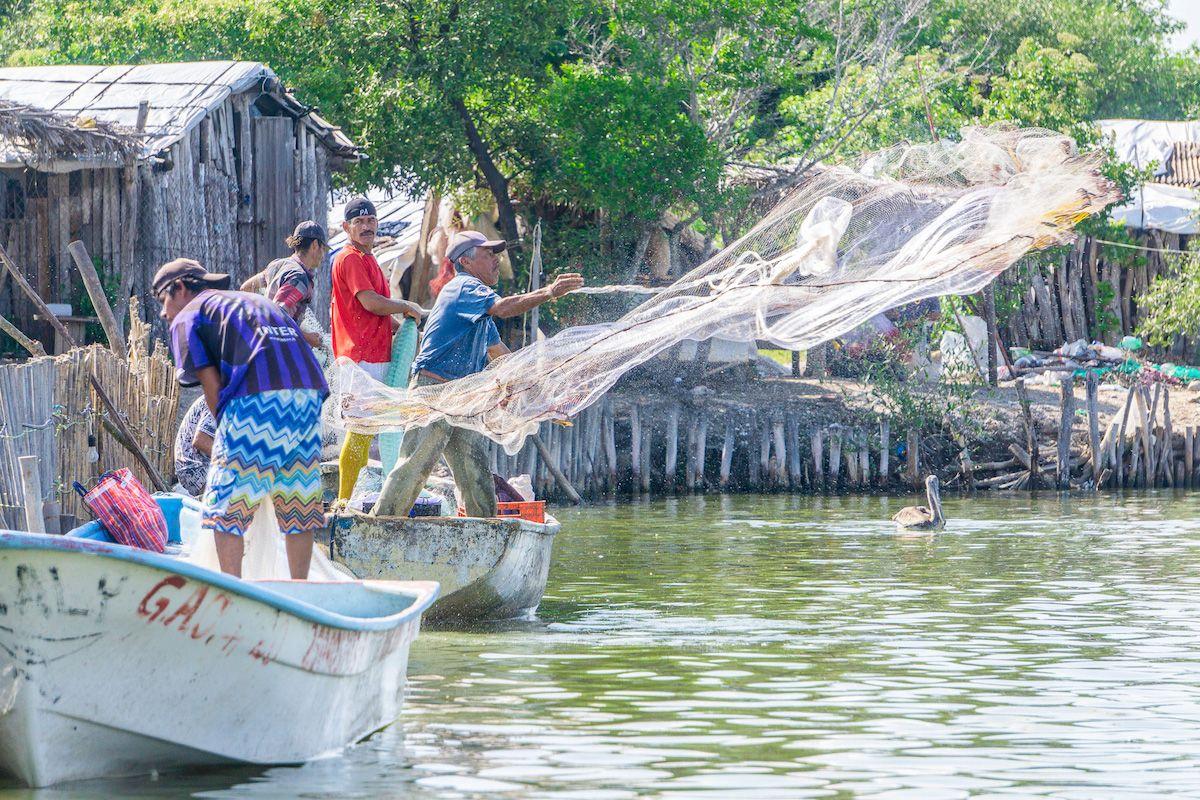The origin of fish and seafood is decisive in consumer decisions in Mexico. This was reflected in the National Survey on Responsible Consumption of Fish and Seafood 2025, carried out by Causa Natura Center, which shows how traceability influences the frequency with which seafood products are purchased.
Nationwide, 93% of 1,835 people over 18 years of age surveyed said they would buy fish and seafood more often if they knew how they were obtained and where they came from. Interest is greater among people aged 35 and over, while in young people under 33, one in three indicated that the origin would not influence their purchase decision.
The survey applied in the country's 22 main metropolitan areas showed that most people prefer fresh, high-quality products, followed by the need for more affordable and competitive prices. These two factors are at the center of consumer decisions.

Seafood eaters base their purchase on freshness. Source: istock.
On the other hand, one in four people surveyed (25%) considers it essential that the ways of obtaining products are socially and environmentally responsible.
In addition, 86.4% believed that supermarkets should report the origin of products, although in cities such as Mexicali, San Luis Potosí and Cancun this information is not perceived as a priority.
When asked which supermarket they would choose if the main criteria were the social and environmental responsibility of the products, the answers were: Walmart, which tops the list with 18% of mentions, followed by Bodega Aurrería (11.2%) and Soriana Híper/Super Soriana (9.3%).
The survey conducted maintains a confidence level of 95% and a margin of error of 5%. Although the survey showed that responsible consumption of fish and seafood is advancing in Mexico, it still faces challenges to permeate all sectors.
Based on the data obtained, the main conclusion of Causa Natura Center is that supermarket chains are challenged to provide transparency and accountability, while consumers want to know where what they eat comes from and how it impacts the sea and communities.
* This article was written by Itzel Chan, who covers coastal communities thanks to the support of the Report for the World program .




Comentarios (0)